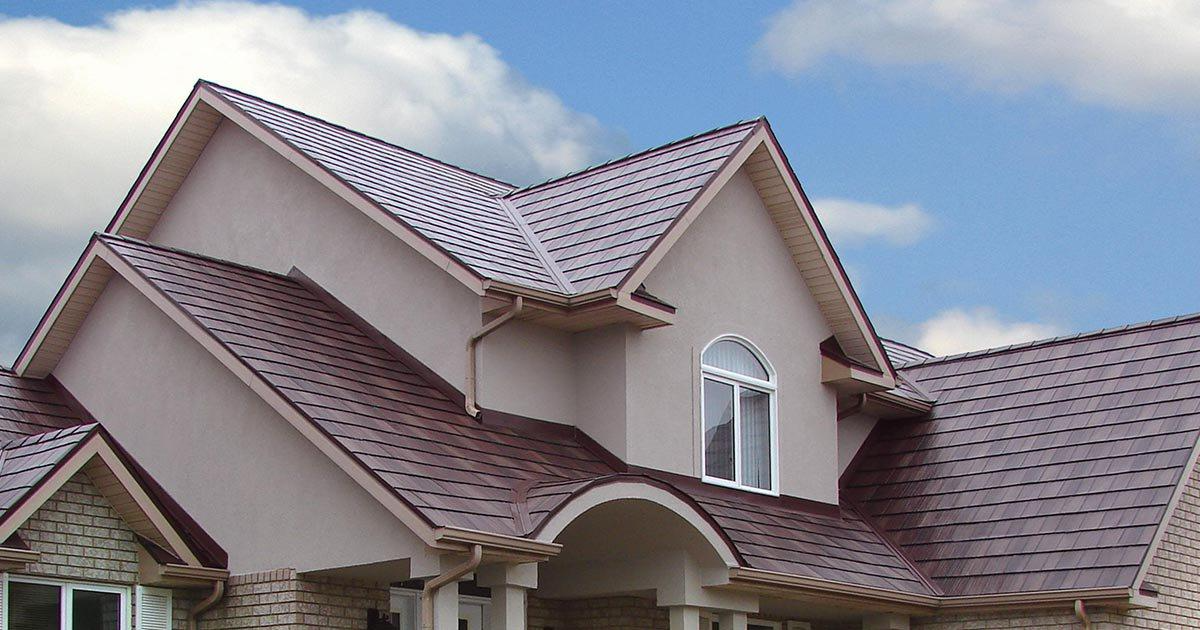
Philadelphia is a beautiful city packing historical and modern homes alike, all of which have survived the passing of time. That said, for these structures to last, it’s important to care for them regularly. The first thing you should look at is your roof, which can develop a series of issues over time. This article will offer insight into the most common roofing problems so you can see the warning signs.
Philadelphia is in a hurricane area that gets severe and strong winds. For this reason, the roofs are at a high risk of wear and tear, with many older roofs noting the following issues.
If the shingles don’t fully leave your roof after a storm, they can curl or crack due to wear and tear. Wood and asphalt shingles are particularly prone to these issues, compromising the integrity of the entire installation. If one shingle is not strong enough or properly secured, it could cause the other ones to lose their hold.
A roof leak is one of the most common issues that Philadelphia homeowners have to deal with. These problems are caused by missing shingles, a worn-out sealant, or damage to the flashing. Philadelphia Roofing contractors from umbrellaroof.com recommend that you check your roof for these issues after every storm, as severe weather can exacerbate the problem and make way for the water to drip inside.
Gutters are a very important part of your roof, as they redirect the water away from your home, preventing moisture. However, when these gutters become clogged with debris, it could cause the rainwater to sit for too long, eventually leading to mold and mildew. Gutter guards, regular cleaning of the gutters, and tree trimming can keep the gutters from clogging, but rusted sections could require a replacement.
With below-zero temperatures being expected in Philly, ice dams remain a common problem. For the most part, these ice dams happen when heat escapes from your attic, causing the snow to melt and refreeze on the roof. If ice forms on the eaves, it can lead to improper drainage and further roof damage.
Some roofs can have algae and moss growing on them, which is a sign that the shingles are retaining too much moisture. Philadelphia storms can also bring organic debris on your roof, and insufficient sunlight could add to its growth. This usually happens when the roof is not cleaned sufficiently or lacks specialized treatment to prevent these growths.
Your roof needs good ventilation to prevent moisture from forming in your attic. Moisture can lead to mold growth and even damage to the shingles, especially during high humidity times. Your roof should have vents to prevent this from happening, but if they’re blocked or they’re not enough, you could end up with high moisture levels in the attic.
Around 95% of the homes in Philadelphia were built before 1978. Some of these properties had their roofs replaced, but the majority still feature their old shingles. Seeing as the average roof can last for about 30-50 years before being replaced, many houses notice frequent damage after storms. Full roof replacement is generally seen as an answer to this issue, as simple repair can increase costs in the long run.
Roofs were made to last for decades with minimal problems, but for that to happen, they need to receive regular care. It’s advised you conduct roof maintenance once a year, as many of the roofing issues are not visible to the naked eye. These inspections can catch a problem before it has a chance to grow and damage the rest of the structure.
Regular maintenance can also save you money in the long run. By catching a roofing problem in its incipient stage, you are less likely to risk costly repairs later on. A minor problem can easily compromise the structure of your roof and home, especially when left unattended for too long.
Homes in Philadelphia can be a piece of art, especially with the multitude of unique roofs adorning the city. That said, even the best roofs can’t escape the occasional problem, especially with the moody Philly weather. It’s best to keep an eye out for them, so you can address the situation before it becomes more expensive than it should have been.